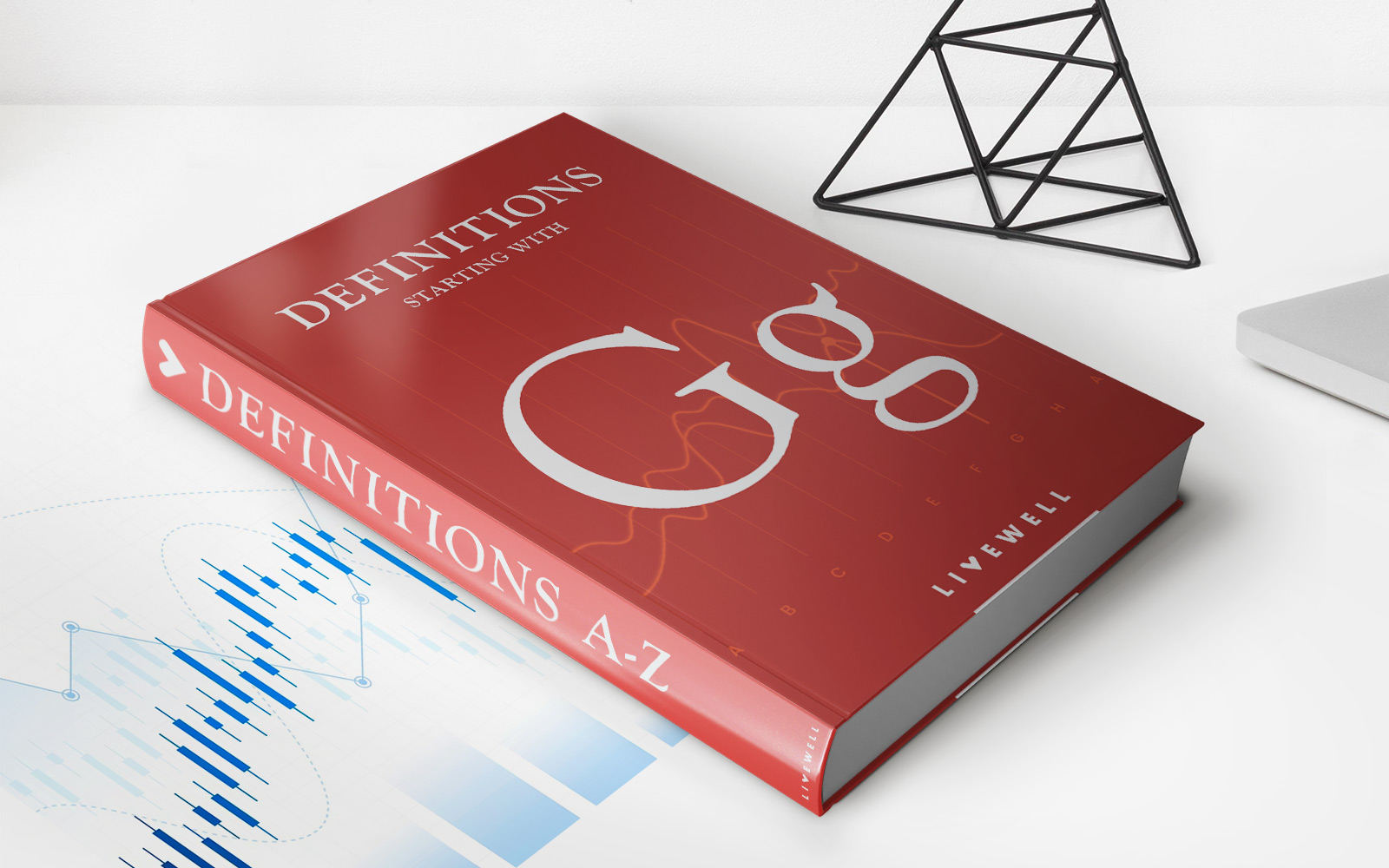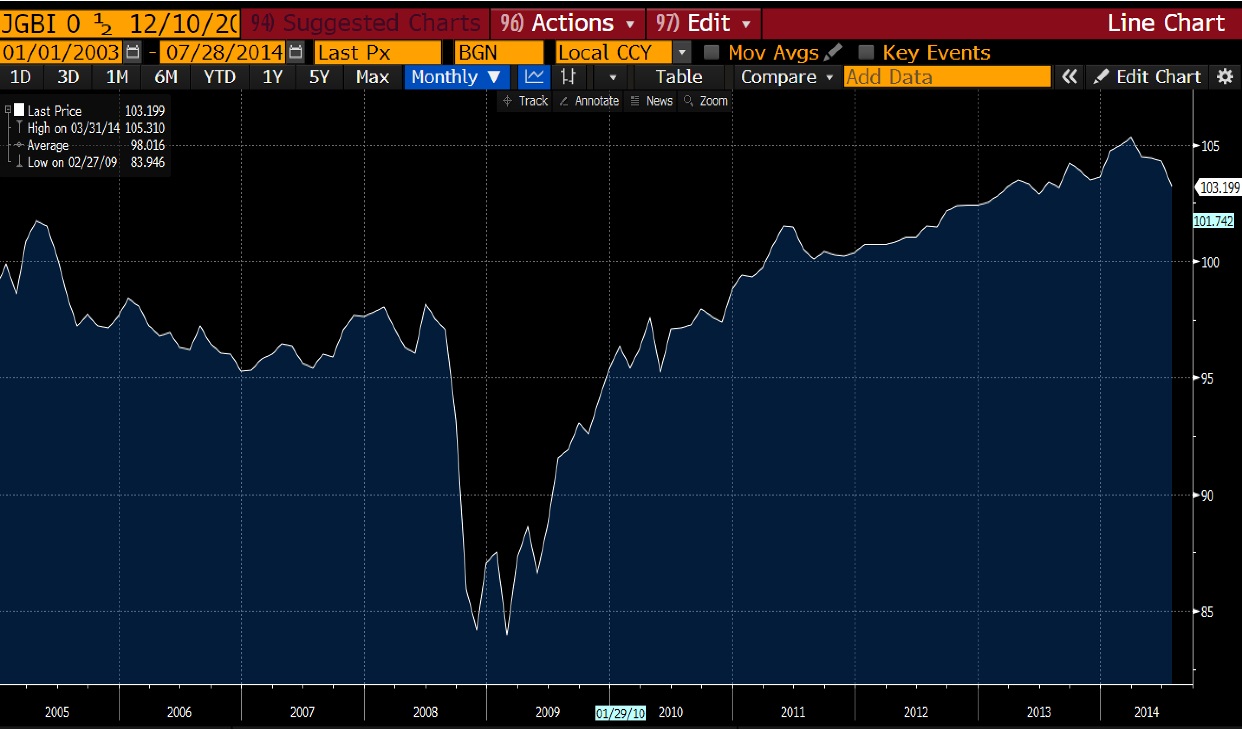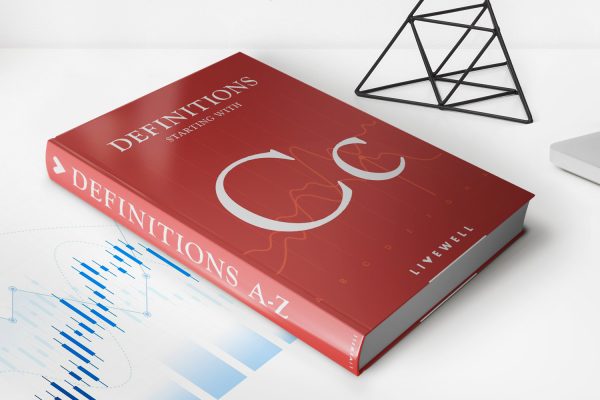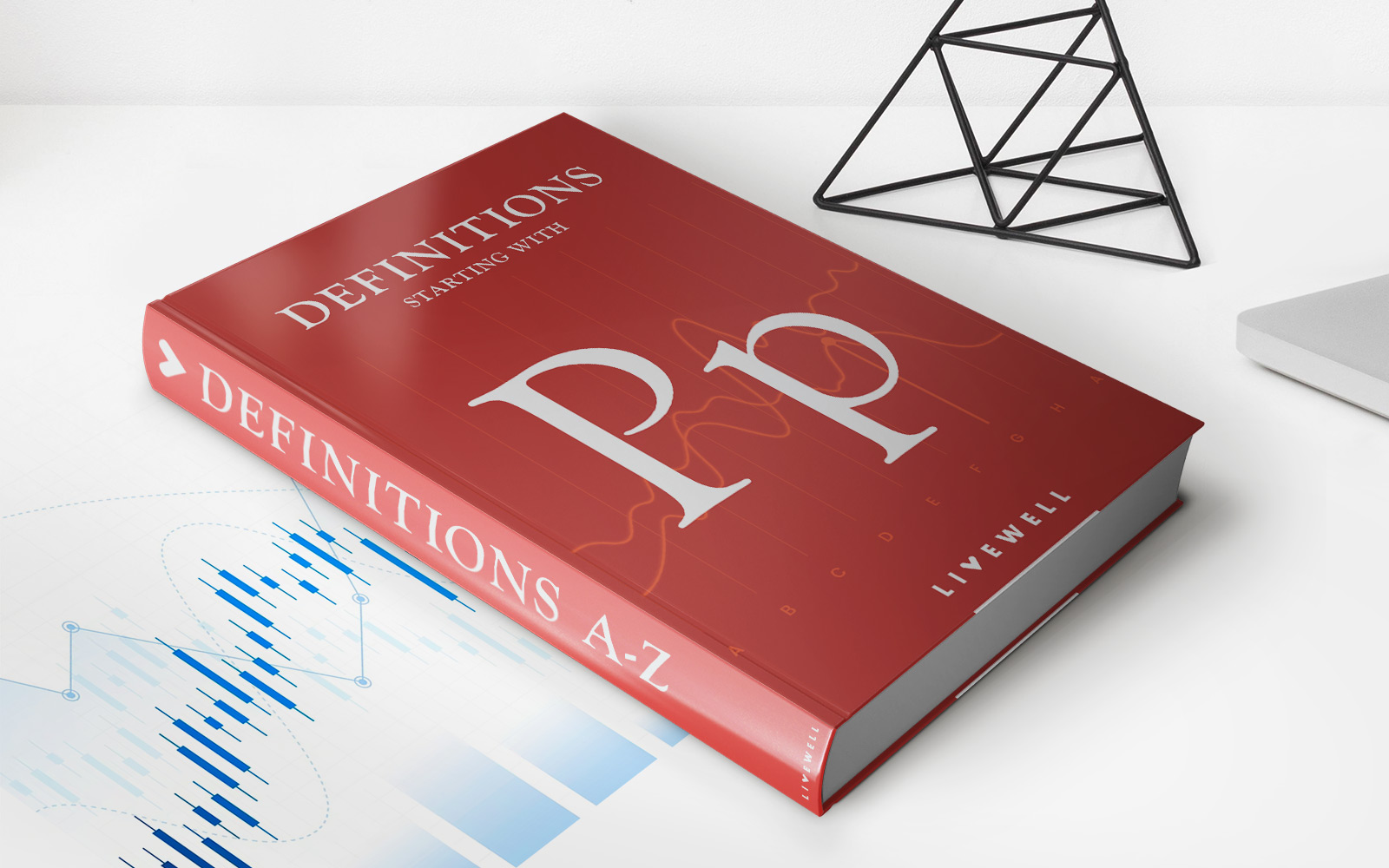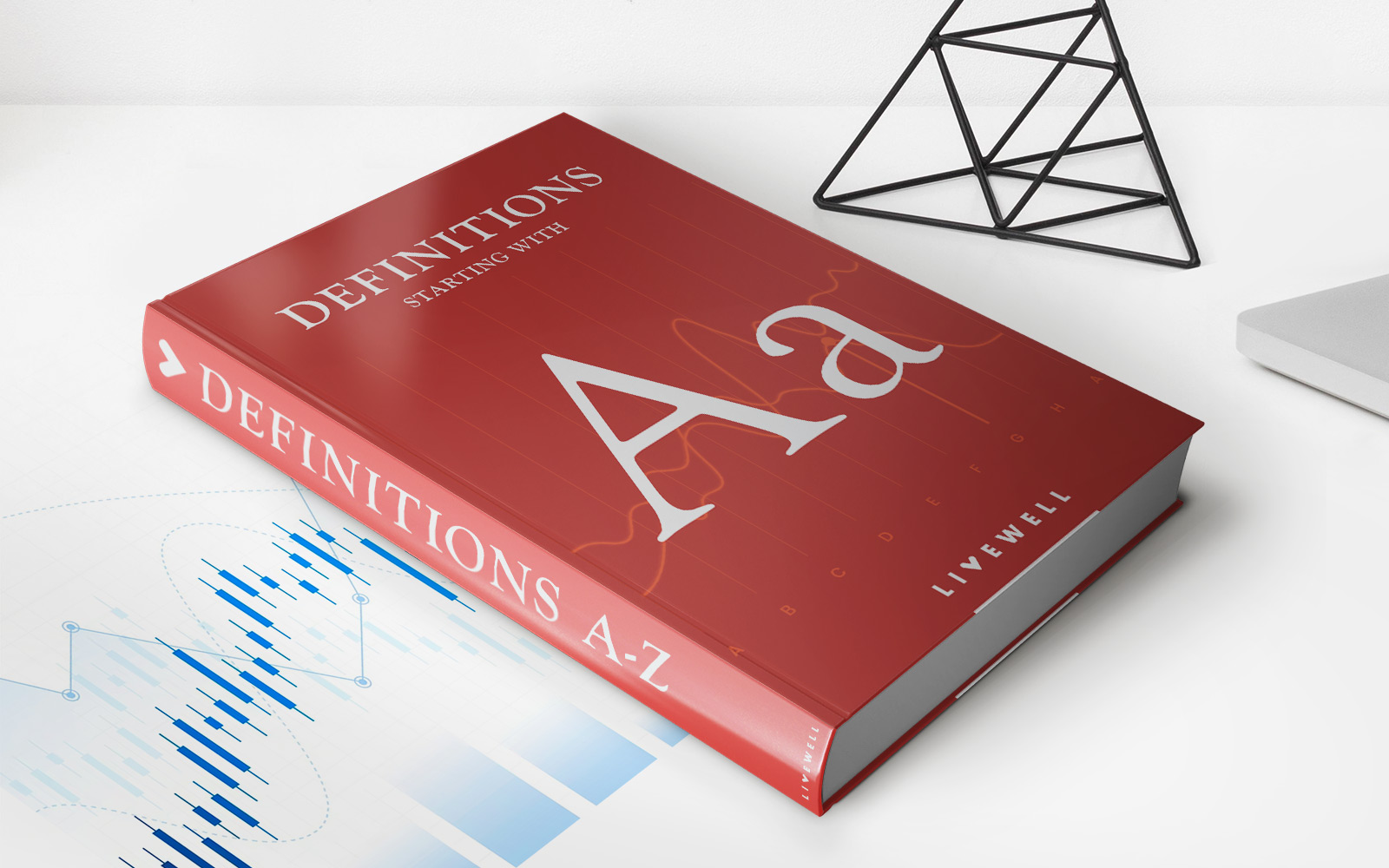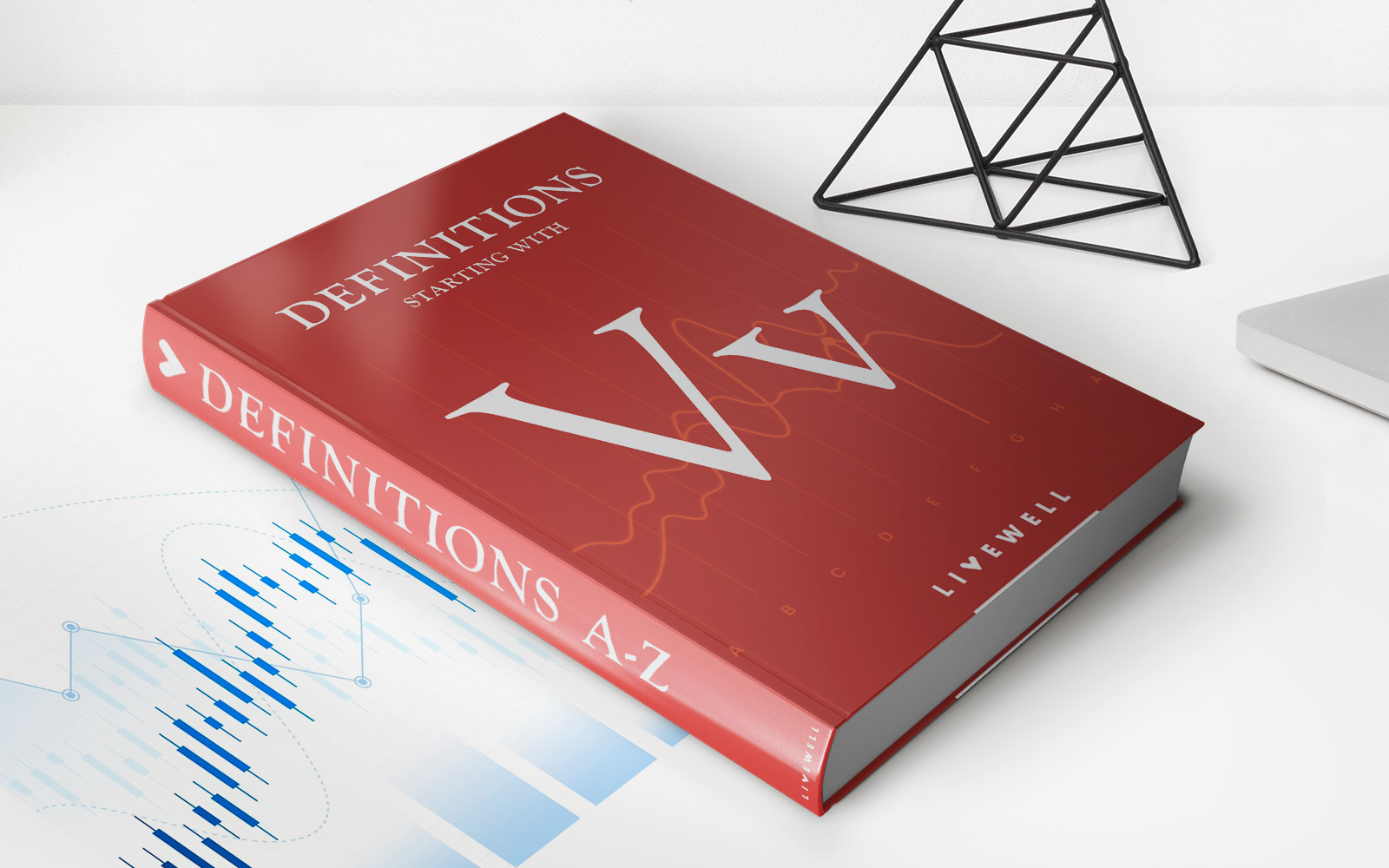

Finance
Why Is Gold Not Rising With Inflation?
Published: October 19, 2023
Learn why gold prices are not rising in sync with inflation in the finance world. Explore the reasons behind this intriguing phenomenon.
(Many of the links in this article redirect to a specific reviewed product. Your purchase of these products through affiliate links helps to generate commission for LiveWell, at no extra cost. Learn more)
Table of Contents
- Introduction
- Understanding Gold as an Inflation Hedge
- Factors Affecting Gold Prices
- Impact of Inflation on Gold Prices
- Reasons for Gold’s Limited Response to Inflation
- Role of Interest Rates in Gold’s Performance
- Central Bank Policies and Gold Prices
- Other Investment Options During Inflationary Periods
- Conclusion
Introduction
Gold has long been considered a safe haven for investors during times of economic uncertainty. It has traditionally been seen as a hedge against inflation, a way to preserve wealth when the value of currency declines. However, in recent years, gold prices have not been rising as expected despite the presence of inflationary pressures. This has left many investors wondering why gold is not performing as well as anticipated in the current inflationary environment.
To understand this phenomenon, it is important to delve into the relationship between gold and inflation. Typically, when inflation is on the rise, investors flock to gold as a store of value. The logic behind this is that as the value of money decreases, the value of tangible assets like gold tends to increase. This inverse relationship between gold and inflation is built on the assumption that higher inflation rates would lead to higher demand and, consequently, higher gold prices.
However, recent trends have shown that gold prices have not been able to keep pace with the rising inflation rates. Despite inflation reaching multi-year highs in many countries, gold has either remained stagnant or experienced only modest increases. This perplexing situation raises questions about the factors that influence gold prices and why it might not be behaving according to historical patterns.
One possibility for gold’s limited response to inflation is the presence of other factors that are impacting its performance. Gold prices are affected by a multitude of influencers, including interest rates, central bank policies, geopolitical uncertainties, and market sentiment. These variables can sometimes override the traditional relationship between gold and inflation, causing gold prices to deviate from what might be expected.
Understanding these factors and their impact on gold prices is crucial for investors looking to navigate the current economic landscape. In this article, we will explore the reasons behind gold’s limited response to inflation and shed light on the factors that are driving its performance in today’s market. By gaining a deeper understanding of these dynamics, investors can make informed decisions when considering gold as an investment option during times of inflationary pressure.
Understanding Gold as an Inflation Hedge
Before diving into the reasons behind gold’s limited response to inflation, it’s important to first understand why gold has historically been seen as a reliable hedge against inflation. Gold is often regarded as a tangible asset that holds intrinsic value, independent of any government or central bank. This makes it an attractive option for investors seeking to preserve wealth when the value of paper currencies depreciates.
Historically, gold has exhibited a strong negative correlation with inflation. During periods of high inflation, when the purchasing power of money diminishes, investors turn to gold as a means of protecting their assets. This is because gold has maintained its value over time and has been recognized as a store of wealth for centuries.
Unlike paper currencies that can be easily manipulated by central banks, gold supply is relatively limited. This scarcity contributes to its perceived value and helps protect against the erosion of purchasing power caused by inflation. Additionally, gold has a long history of being used as a medium of exchange, further enhancing its appeal as a financial asset during inflationary periods.
Furthermore, gold has the ability to retain its purchasing power over time. Its value is not dependent on economic growth or other external factors that may impact other investments. This stability and reliability make gold an attractive option for investors looking to safeguard their wealth from the ravages of inflation.
However, it’s important to note that while gold is often touted as an inflation hedge, its performance as such can vary. The relationship between gold and inflation is not always linear or immediate. There are several factors that can impact gold prices during inflationary periods, which we will explore in the following sections.
In the next section, we will discuss the various factors that influence gold prices and delve into their impact on gold’s response to inflation. By understanding these factors, investors can gain a clearer picture of why gold may not be behaving as expected in the current inflationary environment.
Factors Affecting Gold Prices
Gold prices are influenced by a wide range of factors that can cause fluctuations in its value. Understanding these factors is key to deciphering why gold prices might not be rising as expected in the face of inflation. Let’s explore some of the key factors that impact gold prices:
- Supply and Demand: Like any other commodity, gold prices are influenced by the basic economic principles of supply and demand. Changes in global gold production, mining operations, and jewelry consumption can impact the overall supply and demand dynamics of the market, which in turn affect gold prices.
- Investor Sentiment and Market Speculation: The sentiment of investors and market participants plays a significant role in determining gold prices. Market speculation, geopolitical uncertainties, and economic outlooks can all influence investor sentiment and drive the demand for gold. During periods of uncertainty or financial crises, the demand for gold tends to rise as investors seek safe-haven assets.
- Currency Strength: Gold is priced in US dollars and is vulnerable to fluctuations in currency exchange rates. When the US dollar strengthens, gold becomes relatively more expensive for buyers in other currencies, leading to a decrease in demand and potential downward pressure on prices. Conversely, a weakened US dollar can make gold more affordable, driving up demand and potentially increasing its value.
- Interest Rates: Interest rates, particularly real interest rates (adjusted for inflation), can have a significant impact on gold prices. When interest rates are low, the opportunity cost of holding non-yielding assets like gold decreases, making gold more attractive to investors. Conversely, high interest rates can make other income-generating investments more appealing, potentially reducing demand for gold.
- Central Bank Policies: Actions and statements made by central banks, particularly regarding monetary policy, can heavily influence gold prices. Central bank purchases or sales of gold, changes in reserve requirements, and interest rate decisions can all impact the supply and demand dynamics of the gold market.
These are just a few of the many factors that can impact gold prices. It’s important to note that these factors do not operate in isolation, but rather interact and influence each other in complex ways. Therefore, the relationship between gold prices and inflation cannot be viewed in isolation either. In the next section, we will unravel the impact of inflation on gold prices and explore the reasons why gold’s response to inflation may be limited in the current market environment.
Impact of Inflation on Gold Prices
Inflation, by definition, refers to the general increase in prices of goods and services over time. It erodes the purchasing power of money, making each unit of currency buy less. When inflation is on the rise, investors often turn to gold as a hedge against this loss of value. The expectation is that as the value of paper currencies declines, the value of tangible assets like gold will increase.
Historically, gold has exhibited a negative correlation with inflation, meaning that as inflation rises, gold prices tend to increase. This is because gold is seen as a store of value and a safe haven during times of economic uncertainty. It is perceived as a tangible asset that holds its value independent of any government or central bank.
However, in recent years, gold prices have not responded to inflationary pressures as expected. Despite inflation reaching multi-year highs in many countries, gold has either remained stagnant or experienced only modest increases. This divergence raises the question of why gold’s traditional role as an inflation hedge seems to be faltering in the current market environment.
One possible explanation for this limited response is the changing nature of inflation. Inflation today is primarily driven by structural factors such as technological advancements, global trade dynamics, and changes in consumer preferences. These factors may have decreased the relevance of gold as an inflation hedge, as they have altered the traditional expectations of inflation’s impact on the economy and financial markets.
Additionally, the effectiveness of central bank inflation-fighting policies, such as raising interest rates, has also influenced gold prices. While higher interest rates can theoretically curb inflation, they can also strengthen the currency and make other investments more attractive, potentially reducing the demand for gold.
Furthermore, the availability of alternative investment options has also impacted gold’s response to inflation. In recent years, the rise of cryptocurrencies and other digital assets has offered investors new avenues for hedging against inflation and diversifying their portfolios. This increased competition for investment capital may have diluted the demand for gold, leading to its limited response to inflationary pressures.
Overall, while gold has traditionally been seen as a reliable hedge against inflation, its response to inflationary pressures in recent years has been less pronounced. The changing nature of inflation, effectiveness of central bank policies, and the availability of alternative investments have all contributed to this phenomenon. In the next section, we will delve deeper into the reasons behind gold’s limited response to inflation and explore the role of interest rates in gold’s performance.
Reasons for Gold’s Limited Response to Inflation
There are several factors contributing to gold’s limited response to inflation in recent years. While gold has traditionally been viewed as a reliable inflation hedge, various dynamics in the current market environment have influenced its performance. Let’s explore some of the reasons behind gold’s limited response:
- Changing Market Dynamics: The nature of inflation has evolved in recent years, driven by structural factors such as technological advancements and changes in consumer preferences. These factors have altered the traditional relationship between inflation and the behavior of financial assets like gold. Gold’s relevance as an inflation hedge may have been affected by these changing dynamics.
- Shift in Investor Sentiment: Investor sentiment is a crucial driver of gold prices. Inflation is just one factor that impacts market sentiment. Other geopolitical uncertainties, economic outlooks, and market speculation can overshadow the traditional inflation-gold relationship. If investors perceive alternative investment options to be more attractive or if there is a prevailing market sentiment that downplays the need for gold as an inflation hedge, it can dampen gold’s response to inflationary pressures.
- Central Bank Policies: The monetary policies implemented by central banks can have a significant influence on gold prices. When central banks employ strategies to combat inflation, such as raising interest rates, it can have a mixed impact on gold. Higher interest rates can strengthen the currency and make other income-generating investments more attractive, potentially reducing the demand for gold as an inflation hedge.
- Competition from Alternative Investments: The availability of alternative investment options can divert investor attention away from gold as an inflation hedge. The rise of cryptocurrencies and digital assets, for example, has provided investors with new avenues for diversification and hedging against inflation. The emergence of these alternative options may have diluted the demand for gold, resulting in its limited response to inflationary pressures.
- Mechanisms of Inflation: Not all forms of inflation impact all sectors equally. Certain sectors may experience higher price increases, while others remain relatively unaffected. As a result, gold’s performance as an inflation hedge can vary depending on the specific types of inflation and how they manifest in different segments of the economy.
All these factors contribute to the complex dynamics and nuances surrounding gold’s limited response to inflation. While gold has historically been regarded as a reliable hedge against inflation, the evolving market landscape and the presence of alternative investment options have altered its effectiveness as an inflation hedge. In the next section, we will further explore the role of interest rates in gold’s performance and its relationship with inflation.
Role of Interest Rates in Gold’s Performance
Interest rates play a significant role in influencing gold prices and its performance as an inflation hedge. The relationship between interest rates and gold can be complex and is often intertwined with the broader economic landscape. Here are some key points regarding the role of interest rates in gold’s performance:
Opportunity Cost: One of the crucial factors that influence gold prices in relation to interest rates is the concept of opportunity cost. When interest rates are low, the opportunity cost of holding non-yielding assets like gold decreases. Investors may be less inclined to hold gold when they can earn higher returns from income-generating investments such as bonds or dividend-paying stocks. Therefore, low interest rates can reduce the demand for gold and potentially limit its price appreciation.
Real Interest Rates: The real interest rate, which takes inflation into account, also affects gold prices. When real interest rates are negative or low, meaning that the return on investments after adjusting for inflation is minimal, it can create a more favorable environment for gold. Investors may turn to gold as an alternative investment to protect their wealth from the erosion caused by inflation when real interest rates are low.
Interest Rates and Currency Strength: Interest rates have a direct impact on currency exchange rates. When a central bank raises interest rates, it can strengthen the currency, making it more attractive for foreign investors. A stronger currency can potentially reduce the appeal of gold, which is generally priced in US dollars. On the other hand, when interest rates are lowered, it can weaken the currency and increase the attractiveness of gold as an alternative store of value.
Central Bank Policies and Perception: The monetary policies announced or implemented by central banks can have a significant influence on gold prices. Market expectations regarding future interest rate moves impact investor sentiment and perception of the economic environment. Any hints of future rate hikes or cuts from central banks can trigger reactions in the gold market. Changes in interest rate expectations can sway investor sentiment towards gold as an inflation hedge or diminish its appeal.
While the relationship between interest rates and gold can be complex, it is important to analyze them alongside other factors influencing gold prices. Market sentiment, geopolitical tensions, and inflationary pressures should also be considered when evaluating gold’s performance in relation to interest rates.
In summary, interest rates have a notable influence on gold prices and its effectiveness as an inflation hedge. Low interest rates can reduce the opportunity cost of holding gold, making it relatively more attractive. Additionally, real interest rates and currency relationships play a role in shaping the demand for gold. Central bank policies and market sentiment also impact the perception of gold’s value in relation to interest rates and its role in hedging against inflation.
Central Bank Policies and Gold Prices
Central bank policies have a substantial influence on gold prices, and their actions can create both direct and indirect effects on the precious metal. Here are some key points regarding the relationship between central bank policies and gold prices:
Monetary Policy and Interest Rates: Central banks have the power to influence interest rates, which, in turn, can impact gold prices. When central banks lower interest rates, it can stimulate economic growth and increase inflationary pressures. This may lead to a rise in the demand for gold as investors seek to hedge against potential inflation. Conversely, when central banks raise interest rates to combat inflation, it can increase the opportunity cost of holding gold and reduce its appeal as an investment.
Quantitative Easing and Stimulus Measures: Central banks often implement monetary policies such as quantitative easing (QE) or stimulus measures to support the economy during times of recession or financial instability. In these situations, central banks inject liquidity into the financial system by purchasing government bonds or other securities. The increased money supply can potentially lead to inflationary pressures, making gold an attractive investment for investors seeking a store of value.
Reserve Management: Central banks, particularly those with significant gold reserves, can influence gold prices through their buying or selling activities. Large-scale purchases of gold by central banks can increase the demand and push prices higher. Conversely, selling gold reserves can put downward pressure on prices. These actions send strong signals to the market about the perceived value and role of gold as a reserve asset, which can impact investor sentiment and demand.
Forward Guidance and Communication: Central banks’ forward guidance and communication about their future policies and economic outlook can impact investor sentiment and gold prices. Announcements regarding interest rate decisions, inflation targets, or changes in monetary policy can trigger reactions in the gold market. Investor interpretations of central bank signals and expectations of future actions can influence their investment decisions, including their allocation to gold.
Geopolitical and Foreign Exchange Reserves: Central banks often hold foreign exchange reserves, which can include gold. Changes in geopolitical tensions, economic sanctions, or shifts in global economic power can impact gold prices. Central bank actions related to their gold reserves can reflect their confidence in the international monetary system and can influence market sentiment towards gold as a safe-haven asset.
Overall, central bank policies have a significant impact on gold prices. Their decisions regarding interest rates, monetary stimulus, reserve management, and communication can shape investor sentiment and demand for gold as a hedge against inflation and economic uncertainty. Understanding these policies and their implications can help investors assess the potential effects on gold prices and make informed investment decisions.
Other Investment Options During Inflationary Periods
During inflationary periods, investors seek investment options that can help preserve their wealth and mitigate the erosion of purchasing power caused by rising prices. While gold is often considered a traditional hedge against inflation, there are other investment options worth exploring. Here are some alternative avenues investors may consider:
- Stocks: Some stocks have historically performed well during inflationary periods. Industries such as commodities, energy, and consumer staples that can pass on increased costs to consumers may benefit from rising prices. Additionally, companies with strong earnings growth potential and pricing power may be attractive options as they can potentially outpace inflation.
- Real Estate: Property investments are often viewed as a good hedge against inflation. Real estate values tend to increase over time, and rental income can also rise with inflation. Commercial properties, in particular, can benefit from rising rents during inflationary periods, offering a potential income stream and asset appreciation.
- TIPS: Treasury Inflation-Protected Securities (TIPS) are government bonds specifically designed to protect against inflation. The principal value of TIPS adjusts with changes in the Consumer Price Index (CPI), ensuring that investors’ returns keep pace with inflation. TIPS provide a fixed income stream with built-in inflation protection, making them an attractive option for risk-averse investors.
- Commodities: Commodities such as oil, natural gas, and agricultural products tend to see increased prices during inflationary periods. These tangible assets, like gold, hold intrinsic value and can potentially provide a hedge against inflation. Investors can access commodities through commodity index funds or exchange-traded funds (ETFs).
- Inflation-Linked Bonds: In addition to TIPS, governments and corporations issue inflation-linked bonds that adjust the interest payments and principal value based on inflation rates. These bonds provide fixed income, but with protection against inflation. They can be an attractive option for investors seeking a predictable stream of income that keeps pace with rising prices.
- Cryptocurrencies: Cryptocurrencies, such as Bitcoin and Ethereum, have gained attention as alternative investments during inflationary periods. Their decentralized nature and limited supply can offer a hedge against inflation. However, it’s important to note that cryptocurrencies are highly volatile and speculative investments, and their performance during inflationary periods is still relatively untested.
It’s important for investors to carefully consider their risk appetite, investment goals, and the specific dynamics of inflation when exploring alternative investment options. Diversification across different asset classes and careful portfolio management is crucial to mitigate risks and potentially benefit from different investment opportunities.
While gold remains a popular choice as an inflation hedge, exploring these alternative investment options can provide investors with a broader range of choices to navigate inflationary periods and protect their wealth.
Conclusion
In conclusion, gold’s limited response to inflation in recent years can be attributed to various factors that have influenced its performance as an inflation hedge. The changing nature of inflation, market dynamics, and the presence of alternative investments have all contributed to this phenomenon. While gold has historically been seen as a reliable store of value during inflationary periods, it is essential to recognize that its relationship with inflation is not always straightforward.
Factors such as investor sentiment, central bank policies, interest rates, and market dynamics can overshadow the traditional relationship between gold and inflation. Understanding these factors is crucial for investors looking to navigate the current economic landscape and make informed investment decisions.
Moreover, it is worth exploring other investment options during inflationary periods. Stocks, real estate, Treasury Inflation-Protected Securities (TIPS), commodities, inflation-linked bonds, and even cryptocurrencies can offer alternative avenues for preserving wealth and potentially hedging against inflation. Diversifying across different asset classes and carefully managing portfolio risk is essential for navigating inflationary environments effectively.
While gold may not be rising as expected, it still retains its value as a long-term store of wealth and can serve as a diversification tool in investment portfolios. However, investors must consider the broader range of investment options available and tailor their strategies based on individual circumstances, risk tolerance, and investment goals.
Ultimately, successfully navigating inflationary periods requires a comprehensive understanding of the various factors that impact gold prices and the ability to adapt investment strategies to the ever-changing economic landscape.
